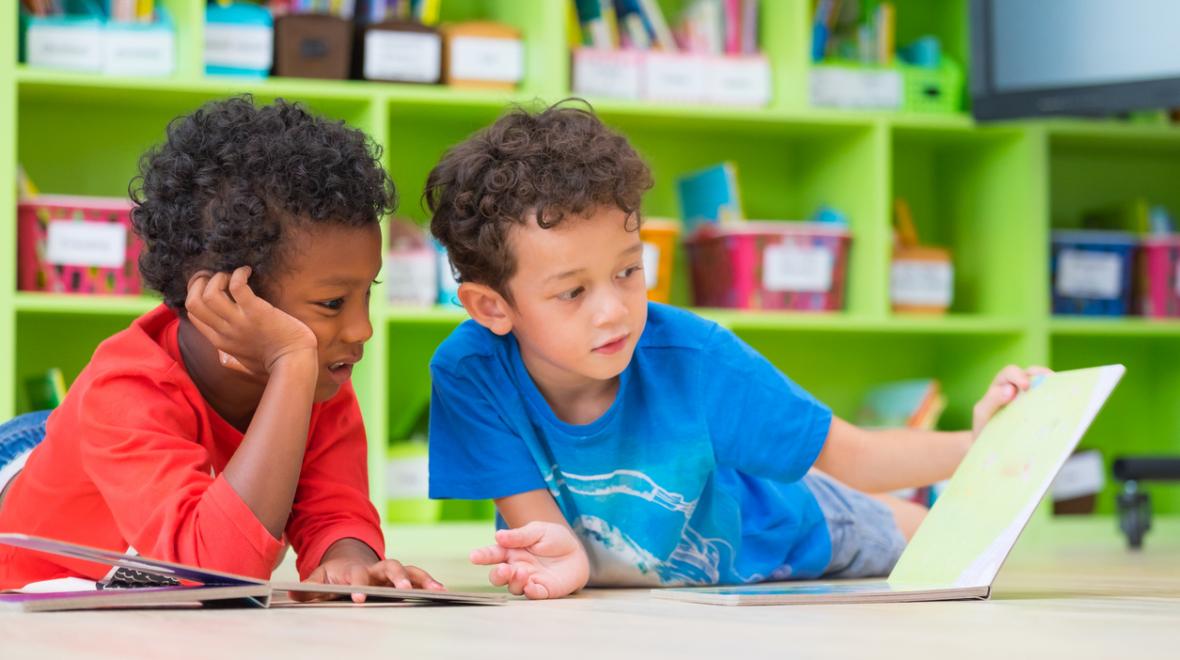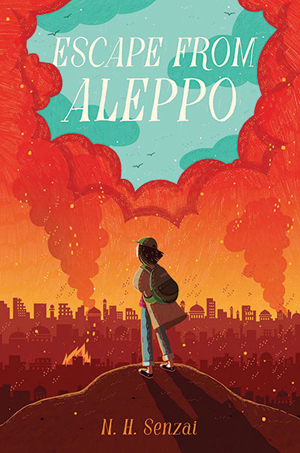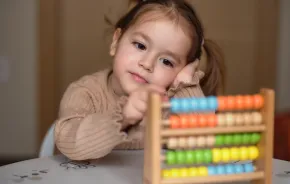
It’s a talk that many parents would rather avoid, but the topic is too important to ignore: immigration.
“A lot of parents don’t have the luxury of avoiding these conversations. They have to talk as a matter of survival,” says Jesse Hagopian, the first ethnic studies teacher at Seattle’s Garfield High School, a founding member of Social Equity Educators and a Black Lives Matter at School activist. “As long as there are families who can’t escape the conversation, it is incumbent on all of us to have that talk about what we’re going to do about it.”
But where to begin?
Forty-five years ago, Alma Ramiro Alonzo immigrated to the U.S. from the Philippines with her family. Now a teacher at Van Asselt Elementary School in South Seattle, Alonzo often fosters conversations about immigration. At Van Asselt, 4 percent of the students identify as white and 43 percent are English language learners.
Here’s where she starts when talking to kids about immigration:
- Start with your own learning. The more you educate yourself, the more you can teach your kids.
- Be age-appropriate. Ask your child questions to make sure you are addressing the real issue they are curious about.
- Be reassuring. Kids need to feel safe and know that parents are there for them. Don’t sugarcoat the truth, but do let kids know that they can help the people who are already working to make things better.
Also, don’t ignore race. In 2015, 26.9 percent of immigrants to the U.S. came from South Asia or East Asia, and 26.8 percent from Mexico. Racist rhetoric — subtle or not so subtle — is often used in conversations about immigration, and it’s important to acknowledge why, even when talking with kids.
Overwhelmed? That’s okay. Here are tips to get you started, broken down by age.
Preschool
When children use offensive terms — be they about immigration, race or something else entirely — they’re often testing taboos or expressing anger with words that they don’t truly understand.
A matter-of-fact approach to teaching young children the history of racist words can help them understand the difference between potty talk and words that inflict real harm.
“I have never had a young kid hear the explanation for why a racial slur is hurtful and still want to use it,” says Alonzo, who notes that the “observation of difference is not bad in itself.” What’s bad is when kids take differences — skin color, accent, country of origin, dress — and use them to bully other children.
Alonzo points to the example of a white child mistaking dark skin color for dirtiness. Instead of quieting your child, use the opportunity to teach values.
“Shushing can make children internalize the idea that the topic is bad or that there is something shameful about race,” Alonzo says. “Instead, say, ‘That person has a different skin color than you. Isn’t it great that there are so many pretty colors of skin?’”
Elementary
Your kids are always learning. Unfortunately, it’s not always from credible sources.
“They’re learning from [President Donald] Trump, music videos, racist friends. They absorb these messages and by sixth grade they’ve started to believe in stereotypes and take on stereotyped roles,” says Tracy Castro-Gill, a teacher at Denny International Middle School in West Seattle.
Castro-Gill serves on Seattle’s Ethnic Studies Task Force, which is developing a district-wide ethnic studies curriculum for Seattle Public Schools. Often misunderstood as a specialized subject, ethnic studies teaches a more comprehensive approach to social studies than traditional textbooks, with research showing that teaching ethnic studies improves self-esteem and empathy in both children of color and white children.
But whether or not your child has access to an ethnic studies class, you can still use the pillars of ethnic studies in your conversations with kids.
- Identity safety: Identity safety, or providing a space where individuals feel they can safely and freely share their personal information without fear of negative ramifications, lays the groundwork for an understanding of intersectionality. Talk with your kids about your family history and how all the things that describe them can’t fit in one word. Consider indigeneity (i.e., where you come from). Only Native Americans and Mexicans are indigenous to North America. The rest of us came from somewhere else, often for reasons similar to those of the people who are coming here today.
- Power and structure: “One thing I deal with [when talking to students] is individualism versus community,” says Castro-Gill. “Hard work [and individualism] is important, but we need to understand that no one is where they are only as a result of their own actions. Talk about community and how we all affect each other.”
- History of resistance: Children of all races benefit from understanding the contributions that historically marginalized communities have made to American history. African-Americans are more than a chapter on slavery, while refugees left rich cultures and complex circumstances to build the country we live in today.
- Action: Kids need to know that everyone can be part of the solution. Participate in Black Lives Matter at School week; attend a May Day rally for workers’ rights; volunteer as a family with an organization that helps refugees.
Middle school and high school
Tweens and teens can begin to understand more nuanced aspects of what they learned about race and immigration when they were younger. Even if you’ve already talked about things like racist language targeted at immigrants, it’s worth revisiting the conversation as kids get older.
“People use words to dehumanize others,” says Hagopian. “Calling people ‘illegal’ rather than ‘undocumented’ makes it easier to tear children away from their parents.”
Also, now is a good time to review intersectionality.
“I teach ethnic studies in a diverse classroom where affluent white students sit next to immigrants who may have been separated from their families,” Hagopian says. “We talk about how we all have overlapping identities, each of which is subject to different social norms and forms of oppression.”
Teens are naturally inclined to question authority. Asking questions like “Who benefits from borders?” requires young people to examine the issues for themselves.
The important thing is to talk, even if you’re worried you won’t get it right.
“We’re going to make mistakes, but we can’t let fear stop us or we won’t move forward. Parents have a responsibility to try,” Hagopian says. “When we get it wrong, we have a responsibility to say, ‘I said it wrong, and now I know better.’ That is important modeling for your kids to see.”
Books for kids and parentsFor parents
Picture books
|
Editor’s note: This article was originally published in August 2018, and updated in July 2019.












